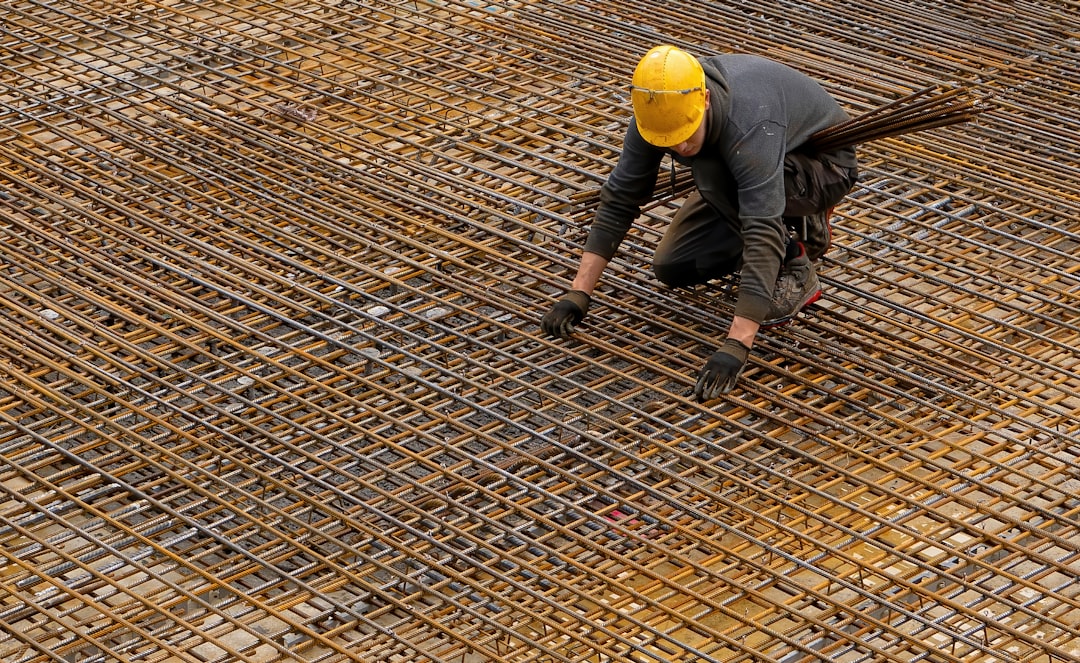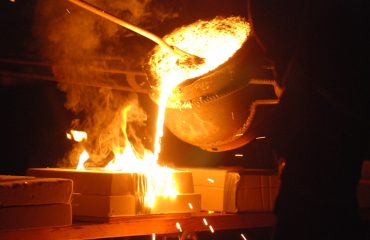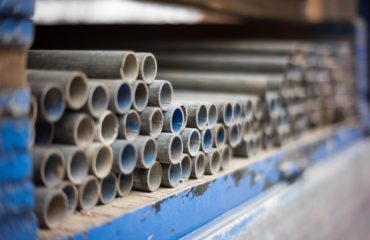Steel is an indispensable component in modern civil engineering projects. From towering skyscrapers to robust bridges and intricate infrastructure networks, steel’s strength and versatility are paramount. This comprehensive guide delves into the crucial aspects of steel training for civil engineers, providing a foundation for understanding its properties, design considerations, and practical applications.
Understanding Steel Properties and Material Grades
A solid understanding of steel’s mechanical properties is foundational for any civil engineer. This includes knowledge of yield strength, tensile strength, ultimate strength, and ductility. Different grades of steel, designated by their yield strength (e.g., ASTM A36, A572 Grade 50, A992), possess varying characteristics, impacting their suitability for specific applications. Civil engineers must be adept at selecting the appropriate steel grade based on project requirements, load calculations, and budget constraints. Furthermore, understanding the impact of factors like temperature and corrosion on steel’s performance is crucial for ensuring structural integrity and longevity.
Steel Design Principles and Load Calculations
Steel design involves applying engineering principles to ensure structures can safely withstand anticipated loads. This requires proficiency in using design codes and standards (e.g., AISC, Eurocode 3) to perform load calculations, determine member sizes, and check for structural stability. Engineers must consider various load types, including dead loads, live loads, wind loads, seismic loads, and snow loads. Software tools like RISA-3D, ETABS, and SAP2000 are commonly used for complex analyses, but a strong theoretical understanding remains essential for interpreting results and making informed design decisions. Understanding concepts like bending moment, shear force, and deflection is crucial for ensuring structural safety and efficiency.
Steel Connections: The Art of Joining
The effectiveness of a steel structure hinges significantly on the quality and design of its connections. Various connection types exist, each with its own strengths and weaknesses. Common connection methods include bolted connections (high-strength bolts, shear bolts), welded connections, and riveted connections. The selection of a connection type depends on several factors, including load capacity requirements, fabrication ease, cost-effectiveness, and aesthetic considerations. Engineers must understand the design principles governing each connection type, including bolt spacing, edge distances, weld sizes, and the potential for failure modes. Proper detailing of connections is crucial to prevent premature failure and ensure overall structural integrity.
Steel Detailing and Fabrication Processes
Steel detailing is the process of translating engineering designs into shop drawings that guide fabrication. This involves creating detailed shop drawings that specify the dimensions, shapes, and connections of each steel member. Accurate detailing is critical for efficient fabrication and on-site assembly. Civil engineers should possess a fundamental understanding of steel fabrication processes, including cutting, welding, and bending. Knowledge of common fabrication techniques helps in making realistic design choices and anticipating potential construction challenges. Understanding fabrication tolerances and limitations is crucial for ensuring the final structure conforms to the design specifications.
Practical Applications and Case Studies
Steel’s versatility makes it applicable across a wide spectrum of civil engineering projects. From building frames and bridges to retaining walls and industrial structures, steel plays a pivotal role. Studying successful case studies provides valuable insights into practical design considerations, construction techniques, and potential challenges. Analyzing past projects allows engineers to learn from best practices and avoid potential pitfalls. Understanding the limitations of steel, such as susceptibility to corrosion and fire, is also crucial for developing effective mitigation strategies. Staying updated with the latest advancements in steel technology and construction methods ensures engineers can leverage the most efficient and sustainable design solutions.
Effective steel training for civil engineers is a continuous process that requires ongoing learning and practical experience. By mastering these key aspects, civil engineers can contribute to the design and construction of safe, efficient, and sustainable steel structures that shape our built environment.
Tags: steel training, civil engineering, steel design, reinforced concrete, structural steel




